Johns Hopkins and Florida International University researchers confirm Prevent Child Abuse Vermont's prevention methods directly reduce abuse incidents
MONTPELIER, VT – A longitudinal study published in the national journal Child Maltreatment demonstrates that adult training programs conducted by Prevent Child Abuse Vermont (PCAVT) directly correlate with reduced rates of child sexual abuse across the state. The research, conducted by Johns Hopkins and Florida International University, analyzed county-level data from 2008 to 2019 and found that completing just two trainings prevented one case of substantiated child sexual abuse.
"Remarkably, we found, by comparing counties in Vermont, that providing trainings resulted in corresponding decreases in cases of substantiated child sexual abuse," said Dr. Marcie Hambrick, co-author of the study and Director of Research and Programs at PCAVT. "Specifically, the completion of two was associated with one fewer case of child sexual abuse."
The study validates Vermont's dramatic decline in child sexual abuse cases—a 72% decrease in victims since 1992 and a 76% reduction in children who sexually harm other children since 1990. Researchers analyzed data spanning from one year before Vermont's legislative mandate for child sexual abuse prevention education in schools through one year before the pandemic.
Training Programs Show Measurable Impact
Three specific training topics demonstrated particularly strong prevention outcomes:
Informed Supervision of Juveniles Who Have Sexually Offended: One additional training prevented seven cases of abuse
Overcoming Barriers to Protecting Children from Sexual Abuse: Each training prevented two cases of abuse
Nurturing Healthy Sexual Development: Three additional trainings prevented one case of abuse
The research breaks new ground by measuring primary prevention—demonstrating that training programs actually prevent abuse rather than simply improving attitudes and skills immediately after training.
State Funding Concerns
Despite proven effectiveness, Vermont's Department for Children and Families defunded the Adult Responsibility Project in 2019. This decision concerns advocates as online sexual abuse rises nationwide.
"This is highly concerning, given that a new risk—online sexual abuse—is on the rise across the nation," said Hambrick. "These research findings give our legislators and other state decision-makers additional information to address a concerning public health issue in Vermont in the most effective way."
Background on Child Sexual Abuse Impact
Child sexual abuse creates lifelong health and mental health challenges while affecting adult employment prospects. The Moore Center for the Prevention of Child Sexual Abuse estimates each case costs society $283,000 across the victim's lifetime.
PCAVT has addressed this issue since the early 1990s through programs targeting Vermont students (pre-K through 12th grade), school staff, parents, and professionals who work with families and children.
About Prevent Child Abuse Vermont
Established in 1977, Prevent Child Abuse Vermont promotes healthy relationships within families, schools, and communities to eliminate child abuse. The organization prevents child abuse and neglect through parent education, family support, and public awareness programs including:
Family Support Programs
The Healthy Relationships Project (school-based and adult-focused)
Safe Environments for Infants and Toddlers (focusing on shaken baby syndrome and infant safe sleep practices)
Contact Information: For more information or to host a training, contact pcavt@pcavt.org or visit www.pcavt.org.
Citation: Kenny, M. C., Hambrick, M., Assini-Meytin, L., Boreleus, T., & Chang, M. (2025). Longitudinal Analysis of a Statewide, Social Ecological Approach to Child Sexual Abuse Prevention in Vermont. Child Maltreatment, 10775595251340025.

